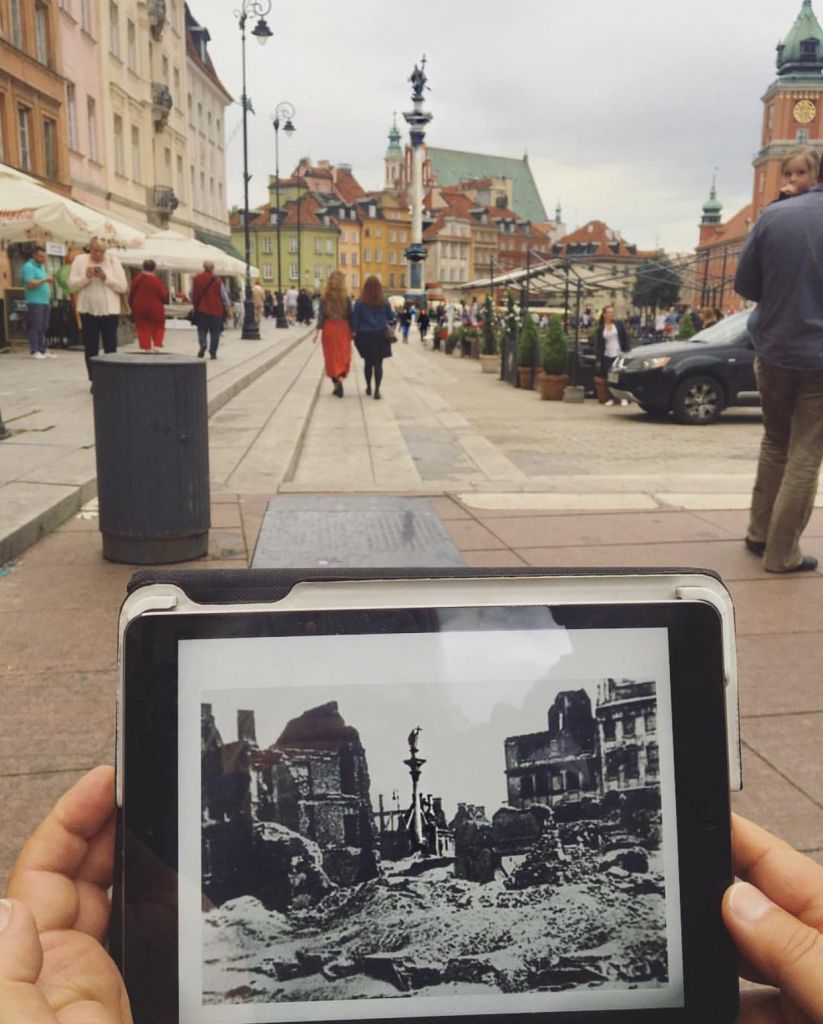
Join us to learn about the largest urban reconstruction project of the city annihilated as a result of the war. In January 1945, Warsaw was a virtual sea of ruins – an appalling sight documented in numerous photographs.
The city was gradually destroyed throughout WW2. 10% of its buildings had already been destroyed by September 1939. The devastation continued in 1941 when the city suffered under Soviet bombings. In 1943, the destruction was brought to an unprecedented level with the liquidation of the Warsaw ghetto. In the aftermath of the Jewish Ghetto Uprising, the entire district of northern Warsaw was literally wiped from the surface of the earth. The final stage of destruction came with the Warsaw Uprising.
The devastation of the city, which had been home to over 1 million people before the war, was almost complete. As a result, the losses in the urban architecture of Warsaw at the beginning of 1945 were estimated at around 84%: with industrial infrastructure and historic monuments destroyed at 90%, and residential buildings at 72%. After the Warsaw Uprising, a city that before the war was home to over 1 million people was almost deserted, with only a few thousand people living in its ruins. The destruction of Warsaw was so severe that, in order to rebuild much of old Warsaw, detailed 18th-century landscapes by the Italian artists Marcello Bacciarelli and Bernardo Bellotto, painted before the Partitions of Poland, were used in recreating many of the buildings.
To register, please follow this link:
https://www.slcl.org/content/virtual-program-reconstruction-warsaw

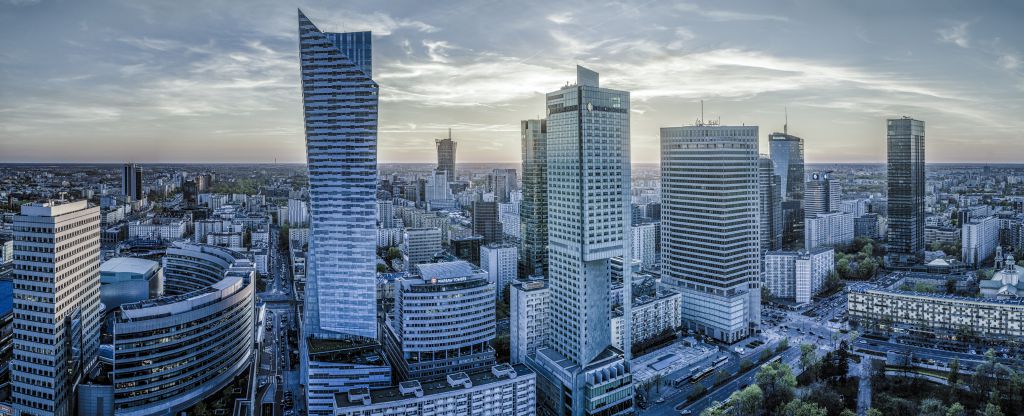
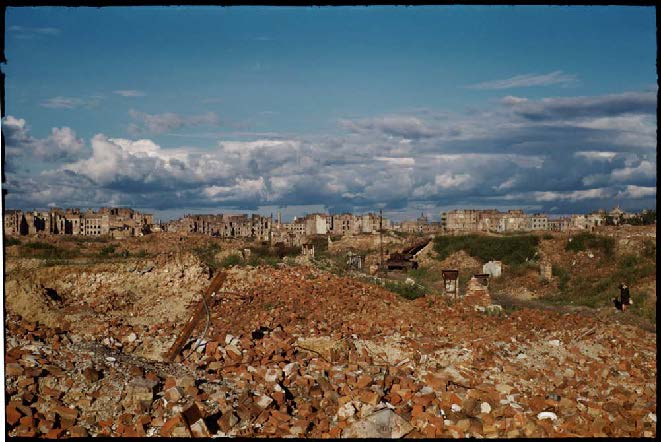

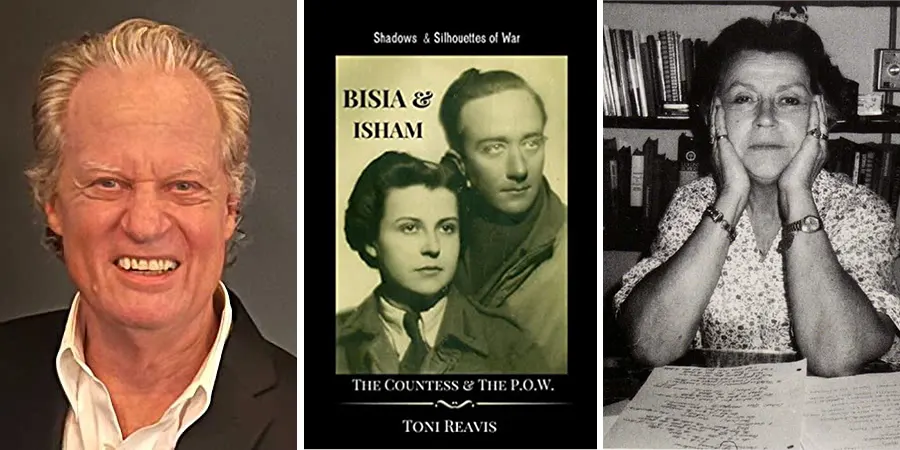
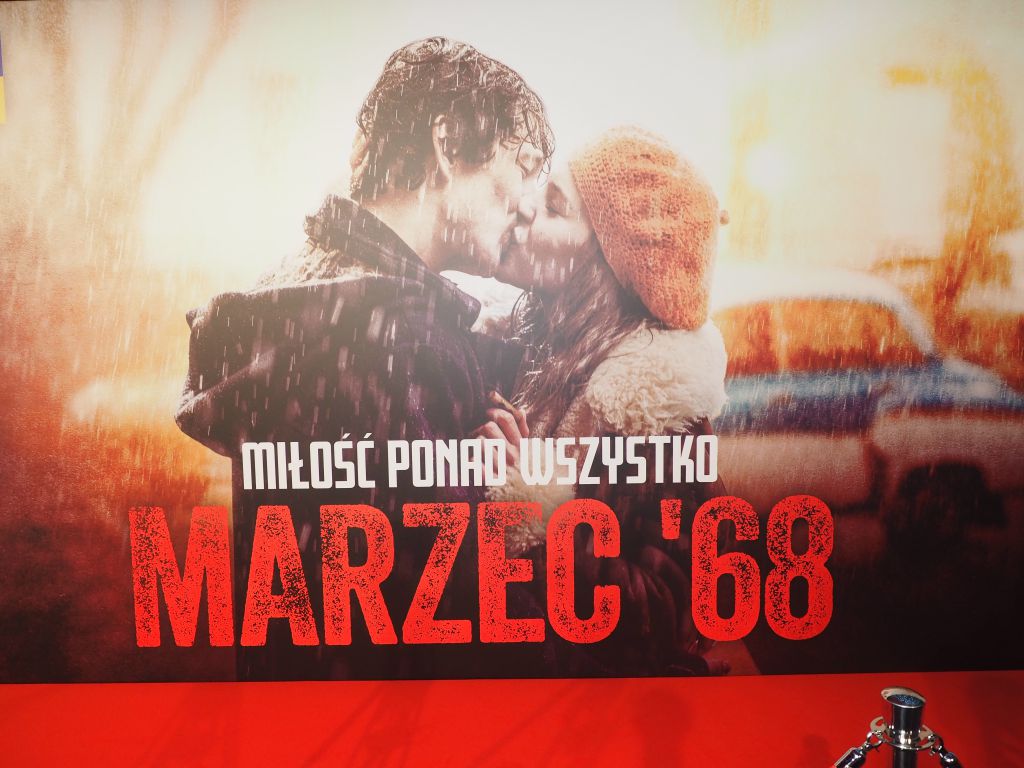
Leave A Comment
You must be logged in to post a comment.